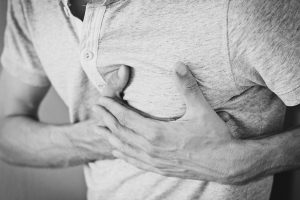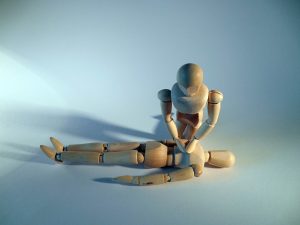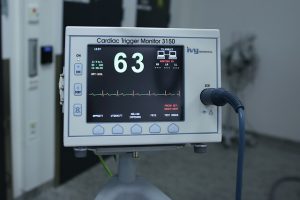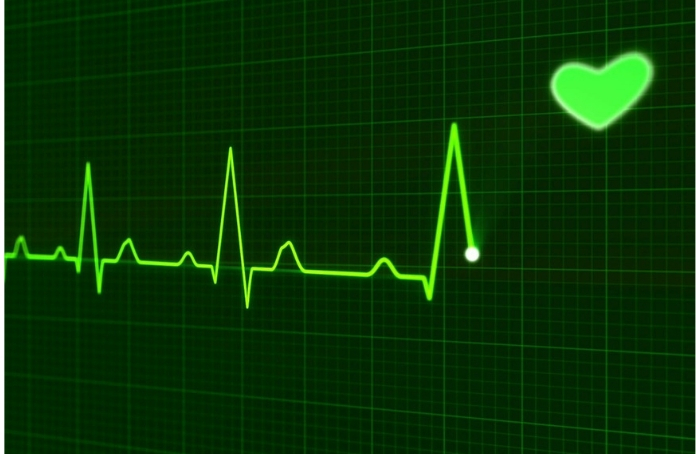Heart attack is a severe condition where death of the heart muscle occurs because of the loss of blood supply. The blood loss usually happens because of the blockage of a coronary artery. Heart attacks may result in permanent brain damage or even death.
Signs and symptoms
The signs and symptoms of a heart attack can vary greatly. Some heart attacks occur suddenly and are intense but most start slowly with only mild pain or discomfort.
Common signs and symptoms of a heart attack
- The first warning of heart attack may be recurrent chest pain. Pain, which may feel like pressure, tightness, aching or burning sensation, across the front of the chest that may spread to one or both arms more commonly starts from the left arm, neck, back, jaw, stomach and abdomen.
- A feeling of fullness, indigestion, heartburn-like pain or abdominal pain may be experienced.

- Nausea and/or vomiting
- Shortness of breath
- Sweating or a cold sweat
- Feeling faint or dizzy
- A feeling of anxiety or impending doom
- Weakness and tiredness.
Emergency Treatment for Heart Attack
If the person is conscious:
- Help the person to sit back in an upright supported position on the floor.
- Get someone to phone a doctor or ambulance service.
- Reassure the person that help is on the way.
- Stay calm.
If the person is unconscious:
- Open the person’s airway by tilting the head back and lifting the chin.
- Look, listen and feel for signs of breathing.
- Feel with your fingers for a pulse in the neck.
If the person is not breathing and you don’t feel a pulse:
Start CPR-Cardiopulmonary resuscitation
- Close the person’s nostrils with your finger and thumb.
- Take a deep breath and place your mouth over the person’s mouth.
- Blow into the person’s mouth until the chest expands, making sure there is no leak around the mouth.
- Repeat once.

CPR-Cardiopulmonary resuscitation - Find the notch at the bottom of the person’s breastbone.
- Measure two finger-widths above this.
- Place both hands on the breastbone.
- Press down firmly, steadily and smoothly 15 times, at a rate of around 80 times per minute.
- Keep repeating these steps until professional help arrives.
Risks-CPR can cause injury to a person’s ribs, liver, lungs, and heart. However, these risks must be accepted if CPR is necessary to save the person’s life.
Other Clinical Treatments
- Heart attack person should be rushed to a hospital.

- A 12 lead EKG is carried out to supervise electrical activity within the heart and detect the damaged areas.
- Blood tests are undertaken to check enzymes and in certain cases.
- Cardiac Catheterization test to checks the health and functioning capacity of the heart.
- Emergency medicines are given to the patient to stop the formation of blood clots and include aspirin, heparin and other drugs.
Lifestyle changes can help to prevent a heart attack occurring as well as help recovery from a heart attack. Maintaining a healthy diet, exercising, and limiting your alcohol intake are other important ways to reduce your risk.






























